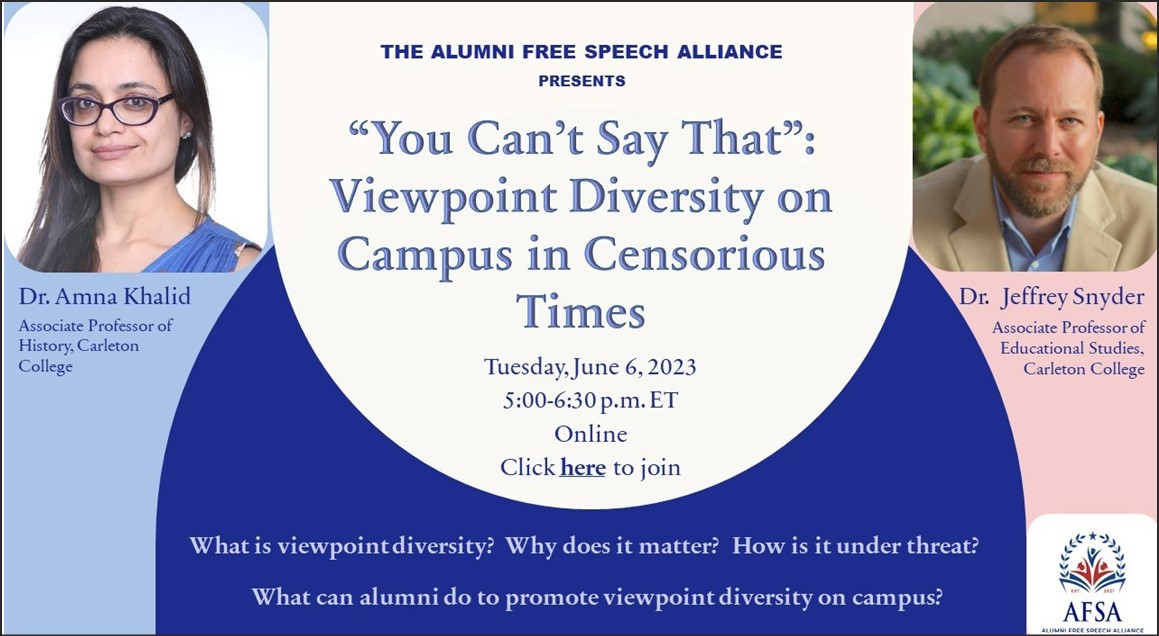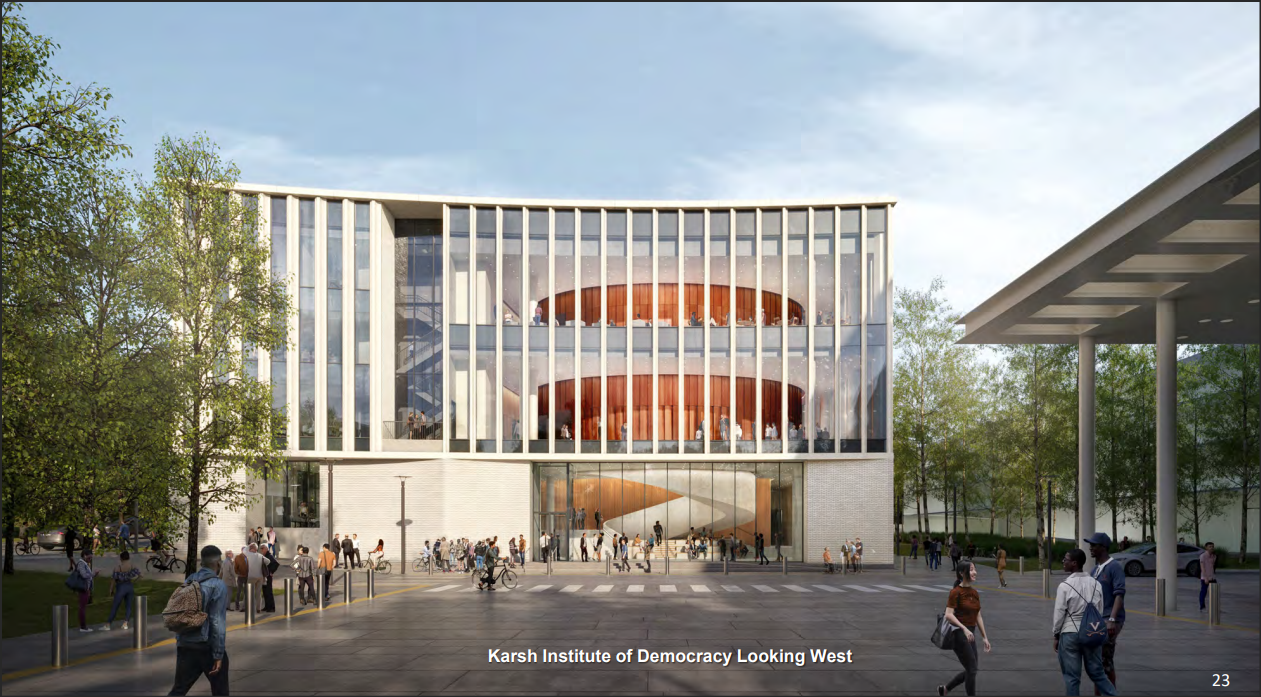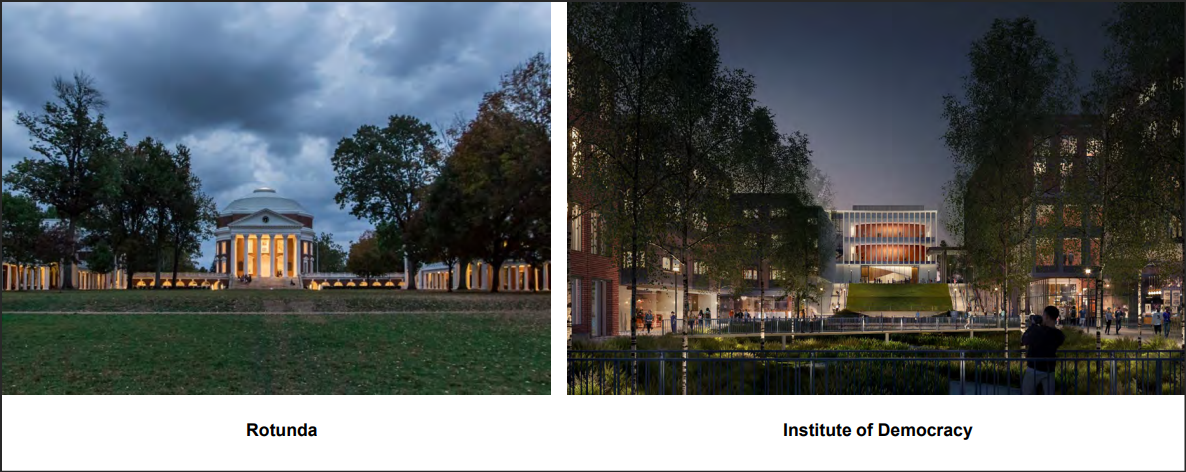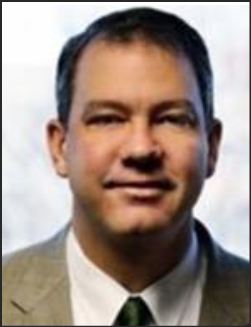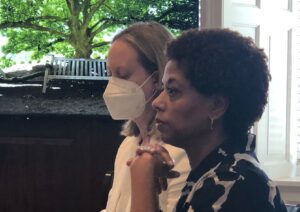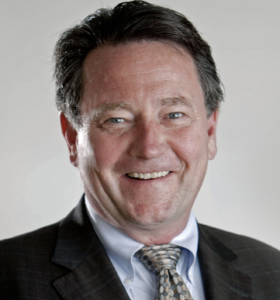
Mark J. Perry
by James A. Bacon
Mark R. Perry, a senior fellow with the American Enterprise Institute (AEI), has filed 841 complaints over the years against universities whose policies and practices discriminate against men. So far, the Office of Civil Rights has opened 28 investigations just based on more than 100 complaints he’s filed for Do No Harm, a Virginia-based organization formed to fight identity politics in medical schools.
In one of his earlier complaints, filed in 2018 against UVa’s Darden School of Business, Perry argued that the existence of eight scholarships (and an external fellowship) reserved exclusively for women violated the School’s own internal discrimination policies.
UVa argued that the scholarships were “independently selected, funded, and awarded by the UVA Darden School Foundation, and do not involve federal or state funds.” Because the female-only scholarships were privately funded, the university argued, they didn’t violate UVa’s internal anti-discrimination policy.
Perry didn’t buy it. “I thought it was a weak defense given the fact that the Darden School Foundation is physically located in the Darden School of Business and uses UVA Darden emails and UVA Darden phones, etc. … It’s probably the case that the Darden School and NOT the Darden School Foundation decides on who gets the scholarships. In that case, UVA is administering the scholarships and that would violate Title IX.” He recently re-filed the complaint, originally lodged with the university’s Title IX office, with the Department of Education’s Office for Civil Rights.
In previous posts, I remarked upon the 56/44 ratio of women to men at the University of Virginia and asked why, at a university dedicated to “equity,” such an unbalanced sex ratio would prevail. The reasons are unclear. Any analysis based upon publicly available data leaves many unanswered questions. But two things are indisputable: (1) UVa provides many women’s-only scholarships, awards and programs, and (2) the administration has evinced no concern about the gender imbalance or discrimination against males. Continue reading

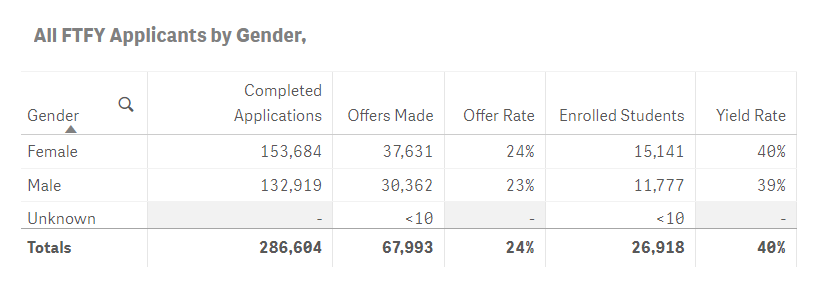

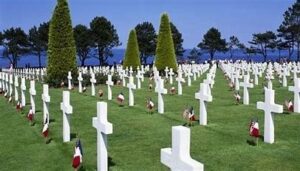 Friends and members of The Jefferson Council for the University of Virginia,
Friends and members of The Jefferson Council for the University of Virginia,